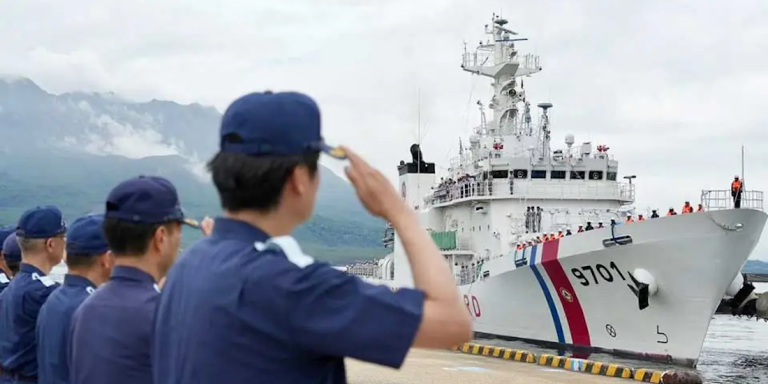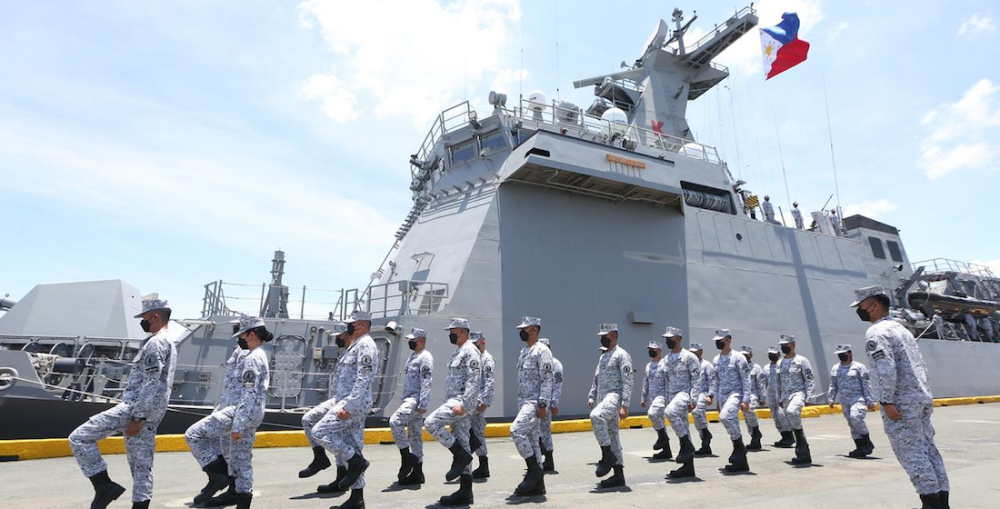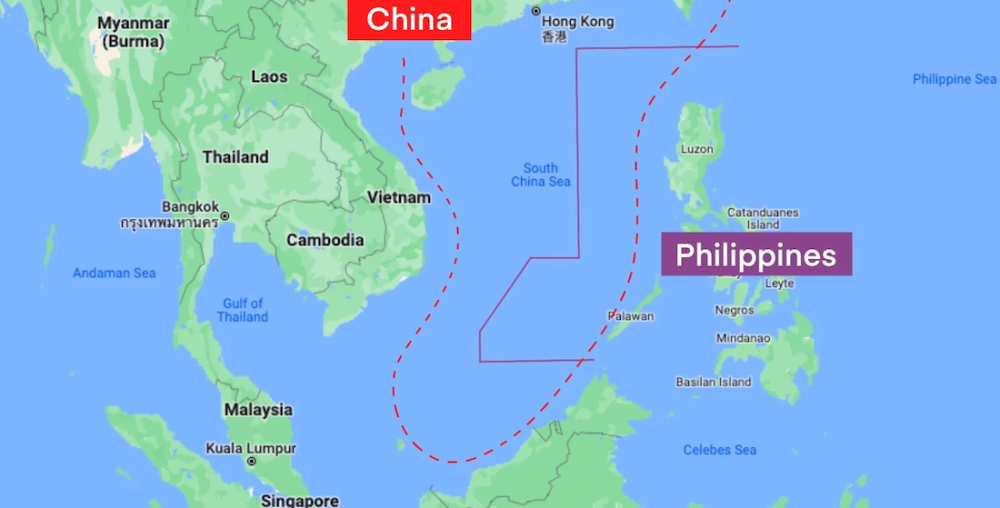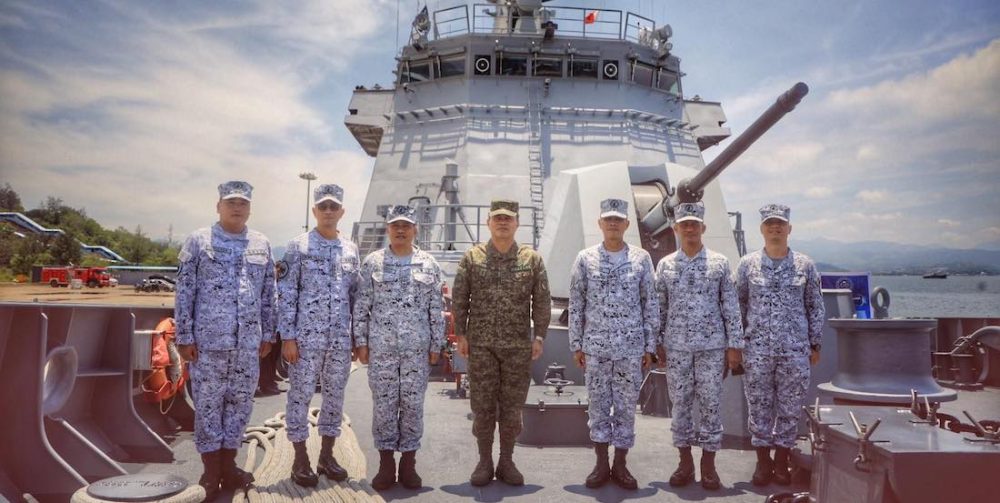
A Proud Legacy Forged in Struggle and Resilience

New York, N.Y. – The Philippines Navy, a storied institution with roots in the struggle for independence, stands today as a vital guardian of one of the world’s most strategic maritime regions. From its humble beginnings to its modern role in regional security, the navy’s evolution reflects the nation’s resilience and growing geopolitical significance.
Collaboration Between Coast Guard and Navy
The Philippine Navy and Philippine Coast Guard are both essential to the Philippines, an archipelago of over 7,000 islands, where maritime security is critical. The Navy defends against external threats and secures maritime borders, while the Coast Guard enforces laws, conducts search and rescue, and protects the maritime environment. Their collaboration is vital to safeguard sovereignty, respond to disasters, and uphold maritime law in one of the world’s largest archipelagos.
Early Beginnings and Colonial Roots
The Philippines Navy traces its origins to the late 19th century, during the Philippine Revolution against Spanish colonial rule. In 1898, revolutionary leader Emilio Aguinaldo–the George Washington of the Philippines–established the Revolutionary Navy, a modest fleet of small vessels tasked with disrupting Spanish supply lines.
These early efforts, though limited by resources, laid the foundation for a national maritime force. After the Spanish-American War, the United States assumed control, and the navy operated under American oversight until independence in 1946. The Philippine Naval Patrol, formed in 1947, marked the birth of the modern navy, focusing on coastal defense and internal security.
During World War II, Filipino sailors served alongside Allied forces, notably in the Battle of Bataan and Corregidor. Their bravery under fire cemented the navy’s reputation for tenacity.
Post-war, the navy expanded its mission to include territorial defense, driven by the
need to secure the archipelago’s 7,641 islands and over 36,000 kilometers of coastline.

Building a Modern Force
The Philippines Navy underwent significant modernization in the late 20th century, spurred by regional tensions and the need to protect the country’s maritime claims. In the 1990s, the Armed Forces of the Philippines Modernization Act allocated funds for new ships, aircraft, and training.
Key acquisitions included BRP Gregorio del Pilar, a former U.S. Coast Guard cutter, and BRP Jose Rizal, the navy’s first guided-missile frigate, commissioned in 2020. These vessels enhanced the navy’s ability to patrol the West Philippine Sea, a region critical to global trade and contested by China and other nations.
The navy’s modernization aligns with the Philippines’ strategic pivot toward external defense. Historically focused on internal threats like insurgency, the navy now prioritizes maritime security, driven by disputes in the South China Sea.
The 2016 Permanent Court of Arbitration ruling, which rejected China’s expansive claims, underscored the navy’s role in asserting national sovereignty. Today, the navy operates a fleet of over 100 vessels, including frigates, corvettes, and patrol boats, supported by a growing marine corps and aviation units.

A Key Player in Regional Security
The Philippines Navy is a linchpin in Southeast Asian security, collaborating with allies like the United States, Japan, and Australia through joint exercises such as Balikatan and RIMPAC. These drills enhance interoperability and strengthen the navy’s capacity to address threats like piracy, smuggling, and illegal fishing. The navy also participates in ASEAN maritime forums, promoting regional cooperation to counterbalance China’s assertiveness in the South China Sea.
Beyond defense, the navy plays a critical role in humanitarian missions. During Typhoon Haiyan in 2013, naval vessels delivered aid to devastated communities, showcasing their versatility. The navy’s disaster response capabilities have since expanded, with specialized units trained for rapid deployment in a nation prone to natural calamities.

Challenges and Future Horizons
Despite progress, the Philippines Navy faces challenges, including budget constraints and an aging fleet. Many vessels, relics of World War II or hand-me-downs from allies, struggle to meet modern demands. The navy’s personnel, numbering around 25,000, require advanced training to operate sophisticated systems. Geopolitical tensions further complicate the navy’s mission, as it navigates delicate relations with China while deepening ties with Western partners.
Looking ahead, the navy aims to acquire more advanced ships, submarines, and maritime surveillance systems by 2030, under the Horizon 3 phase of its modernization plan. Investments in cyber warfare and unmanned systems reflect the navy’s adaptation to 21st-century threats. As the Philippines asserts its maritime rights, the navy’s role in safeguarding national interests and contributing to regional stability will only grow.
A Navy Rooted in Heritage, Poised for the Future
The Philippines Navy embodies the nation’s maritime heritage and its aspirations as a regional power. From its revolutionary origins to its modern role in the South China Sea, the navy has evolved into a force capable of addressing both traditional and emerging threats. Its partnerships with global navies and commitment to humanitarian missions underscore its multifaceted mission. As the Philippines navigates a complex geopolitical landscape, the navy remains a steadfast protector of its waters and a symbol of national pride.
Philippines Navy: From Colonial Roots, Guardian of the Seas (Aug. 1, 2025)
Summary
The Philippines Navy, born from the fight for independence, has grown into a vital force in Southeast Asia. From its early days disrupting Spanish rule to modern patrols in the South China Sea, the navy safeguards the nation’s 7,641 islands. Despite challenges like budget constraints, its modernization and alliances with the U.S., Japan, and Australia strengthen its role in regional security and humanitarian efforts, ensuring its legacy endures.